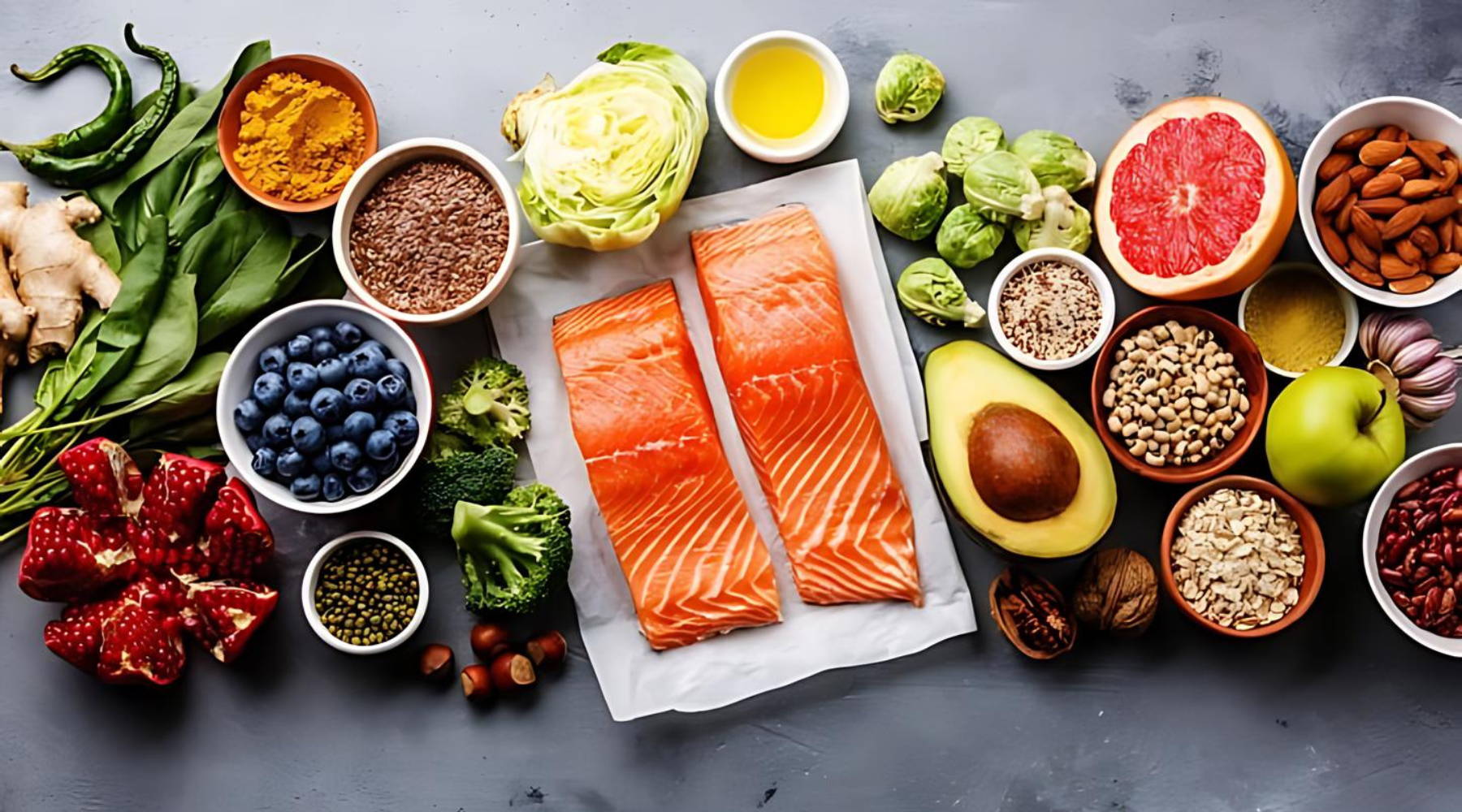What You Should Eat Before Your Weight Training Workouts

Before a weight lifting workout, it's important to fuel your body with the right nutrients. Aim for a balanced meal that includes a combination of carbohydrates, protein, and healthy fats. This can help provide energy, support muscle recovery, and optimize performance. Consider options like a chicken or turkey breast sandwich on whole grain bread, Greek yogurt with fruits and nuts, or a smoothie with protein powder, fruits, and nut butter. Remember to also stay hydrated by drinking water before and during your workout.
Macronutrient Ratios
The ideal macronutrient ratios for a pre-workout meal can vary depending on individual preferences and goals. However, a general guideline is to aim for a meal that provides a balance of carbohydrates, protein, and fats. Here's a rough breakdown:
- Carbohydrates: Including carbs in your pre-workout meal can provide energy for your workout. Aim for carbohydrates like whole grains, fruits, and vegetables. It's recommended to consume moderate to high amounts of carbohydrates, accounting for about 50-60% of your meal.
- Protein: Protein helps with muscle repair and recovery. Include a moderate amount of protein in your pre-workout meal, roughly around 20-30% of the meal. Good protein sources include lean meats, poultry, fish, eggs, dairy products, legumes, or plant-based options like tofu or tempeh.
- Fats: While it's generally advisable to limit fat intake closer to your workout to avoid digestive discomfort, a small amount of healthy fats can be included in your pre-workout meal. This can be around 10-20% of the meal. Opt for sources like nuts, seeds, avocado, or olive oil.
Remember, these ratios are just general guidelines, and individual needs may vary. It's a good idea to experiment and find what works best for your body and performance goals.
Timing
Timing your pre-workout meal is important to ensure you have enough energy during your weightlifting session while avoiding discomfort. Here are some general recommendations:
- Timing: Aim to eat your pre-workout meal about 1 to 3 hours before your weightlifting session. This timeframe allows for digestion and absorption of nutrients, providing you with sustained energy.
- Large meals: If you plan to have a larger meal, such as a full-sized breakfast or lunch, it's better to allow more time for digestion. Waiting closer to the 2 to 3-hour mark before your workout can help prevent discomfort.
- Small snacks: If you're having a smaller snack, such as a protein shake, fruit, or a granola bar, you can eat it around 30 to 60 minutes before your workout. These types of snacks are easier to digest and can provide a quick source of energy.
- Experiment: Everyone's digestive system and preferences are different, so it's important to find the timing that works best for you. You may want to experiment with different time intervals and meal sizes to determine what gives you optimal energy levels without causing discomfort during your weightlifting session.
Remember to listen to your body and adjust your timing accordingly. If you're prone to indigestion or discomfort during workouts, you may need to allow more time between your meal and exercise.
Recipes
Here's a simple and nutritious recipe idea for a pre-workout meal (2-3 hours before):
Grilled Chicken and Quinoa Salad:
Ingredients:
- 4 ounces of grilled chicken breast, sliced
- 1/2 cup cooked quinoa
- 1 cup mixed greens or spinach
- 1/4 cup cherry tomatoes, halved
- 1/4 cup cucumber, diced
- 1/4 cup bell peppers, diced
- 1/4 avocado, sliced
- 1 tablespoon olive oil
- 1 tablespoon lemon juice
- Salt and pepper to taste
Instructions:
- Cook quinoa according to package instructions and let it cool.
- In a large bowl, combine the mixed greens, cherry tomatoes, cucumber, bell peppers, and avocado.
- Add the grilled chicken slices and cooked quinoa to the bowl.
- Drizzle the olive oil and lemon juice over the ingredients.
- Season with salt and pepper to taste.
- Gently toss everything together until well combined.
- Serve and enjoy!
Here's an approximate breakdown of the macronutrient ratios for the Grilled Chicken and Quinoa Salad recipe:
- Carbohydrates (50-60%): The cooked quinoa, mixed greens, and vegetables provide the main sources of carbohydrates in this meal. The exact amount will depend on the portion sizes, but it generally falls within a moderate to high carbohydrate range.
- Protein (20-30%): The grilled chicken breast and quinoa contribute to the protein content of the meal. The chicken breast is a lean protein source, while quinoa offers plant-based protein. The protein content will vary depending on the amount of chicken used, but it typically provides a moderate amount of protein.
- Fats (10-20%): The avocado and olive oil contribute to the healthy fat content in this meal. Avocado is a source of monounsaturated fats, while olive oil is rich in monounsaturated and polyunsaturated fats. The fat content is typically moderate.
Regarding the specific nutrition facts and precise macronutrient ratios, it would be best to refer to the nutrition labels of the specific ingredients and adjust the quantities based on your desired portion sizes.
Author

Liam Carlin MBA, CPT, CNC, SFC
Liam Carlin received his Bachelor’s degree in Operations Management in 2018 and Master’s of Business Administration in 2019 from the Indiana University of Pennsylvania. Taking the academic business knowledge gained in school he applied this to his real passion, health and fitness. As a life-long exercise enthusiast Liam is well versed in injury risk-reduction, balance and agility, metabolic conditioning and weight-loss, functional bodybuilding, and martial arts training. With a personal injury history that includes 3 ACL tears and subsequent surgical reconstructions, he has spent numerous hours learning first hand what it takes to recover from an injury. He is a Certified Personal Trainer, Certified Nutrition Coach, and Stretch and Flexibility Coach through the National Academy of Sports Medicine (NASM).
